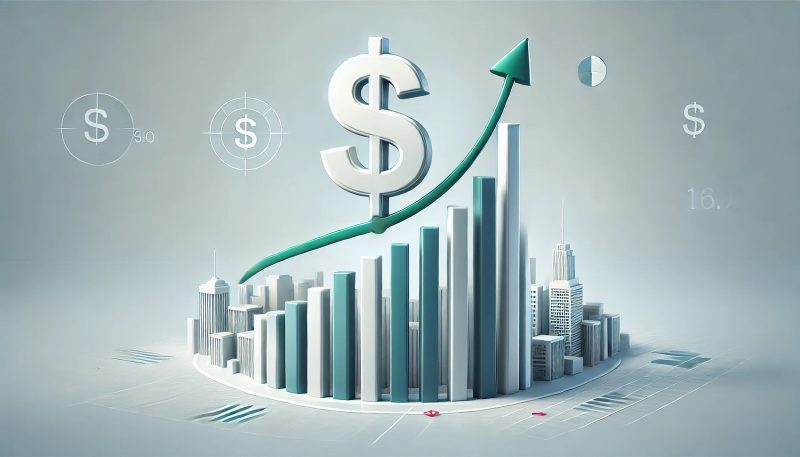by Brian S. Wesbury – Chief Economist & Robert Stein, CFA – Deputy Chief Economist, First Trust Portfolios
Like it does once every year, last week the Commerce Department went back and revised its GDP figures for the past several years. And while the top line revisions to Real GDP were pretty small, there was a larger revision to corporate profits.
Real GDP was revised up 1.3% for the second quarter of 2024, which means the annualized growth rate since the start of 2020 was about 0.3 percentage points faster than previously estimated: 2.3% per year rather than 2.0%.
And the statisticians also said profits were underestimated. The government now thinks its comprehensive national measure of pre-tax corporate profits is 11.5% higher than previously thought, mostly due to profits at domestic non-financial companies (such as manufacturers, retailers, transportation & warehousing, etc.). Meanwhile, after-tax profits were revised up 13.3%.
As our readers know, we judge the value of the overall stock market by using a Capitalized Profits Model. Using these revised economy-wide profits from the GDP accounts and a 10-year yield of 3.75% (Friday’s close) suggests the S&P 500 would be fairly valued at about 4,725, 18% below Friday’s S&P 500 close.
Our readers know that this measure is a view from 30,000 feet. The Capitalized Profits Model is not a trading model and there are many other tools to judge the value of stocks. In addition, in an election year, another factor is in play as well and that is the tax rate on corporate profits.
In 2018 the top tax rate on corporate profits was cut from 35% to 21%. This 21% tax rate is the lowest tax rate on corporate profits since the Great Depression.
We have always used pre-tax profits to judge stock values because the corporate tax rate moves up and down with the political cycle and pre-tax profits are a true reflection of economic activity, not just tax rate changes.
Clearly, the stock market has continued to rise in spite of the fact that our 30,000-foot view suggests it is overvalued. This could be a repeat of what happened in the late 1990s, when stocks rose in spite of the fact that they were overvalued, or it could be explained by an expectation that tax rates will stay low, and possibly be cut again.
Using newly revised after-tax profits in our model, instead of pre-tax profits, suggests that stocks are fairly valued today. And if President Trump were to win the election, and cut the corporate tax rate further as he has suggested (to 15%, from 21%) then there’s a case for stocks being mildly undervalued. (In theory, cutting the tax rate to 15%, which means companies would get to keep 85 cents on the dollar rather than 79 cents, translates into an 8% increase in after-tax profits).
However, there is also a risk of corporate tax increases, both in the near future as well as beyond. Vice President Harris’s campaign has mentioned lifting the rate to 28%, which would translate into a 9% reduction in after-tax profits.
It is hard to look at the federal budget situation and think the US government won’t be raising tax rates in the future. We’d prefer spending cuts, but we don’t live in a world where policymakers do what we want. In a worst-case scenario, tax rates could go up on both corporate profits as well as investors’ capital gains.
Net, net, what does this all mean? At the very best, upward revisions to profits mean stocks aren’t as overvalued as our models showed before. Nonetheless, with the M2 measure of the money supply down from its 2022 peak, and the risk of recession higher than it has been in a long time, we still believe stocks are overvalued.
The Federal Reserve is reducing interest rates, but even with a 10-year yield of 3% the stock market is not cheap. From 2008 to 2022, the market was significantly undervalued, and we were bullish for almost that entire time. Today, this is just not the case. There are sectors of the market that remain less expensive than the market as a whole, but caution is still warranted.
Brian S. Wesbury – Chief Economist
Robert Stein, CFA – Deputy Chief Economist
Click here for a PDF version
Copyright © First Trust Portfolios













